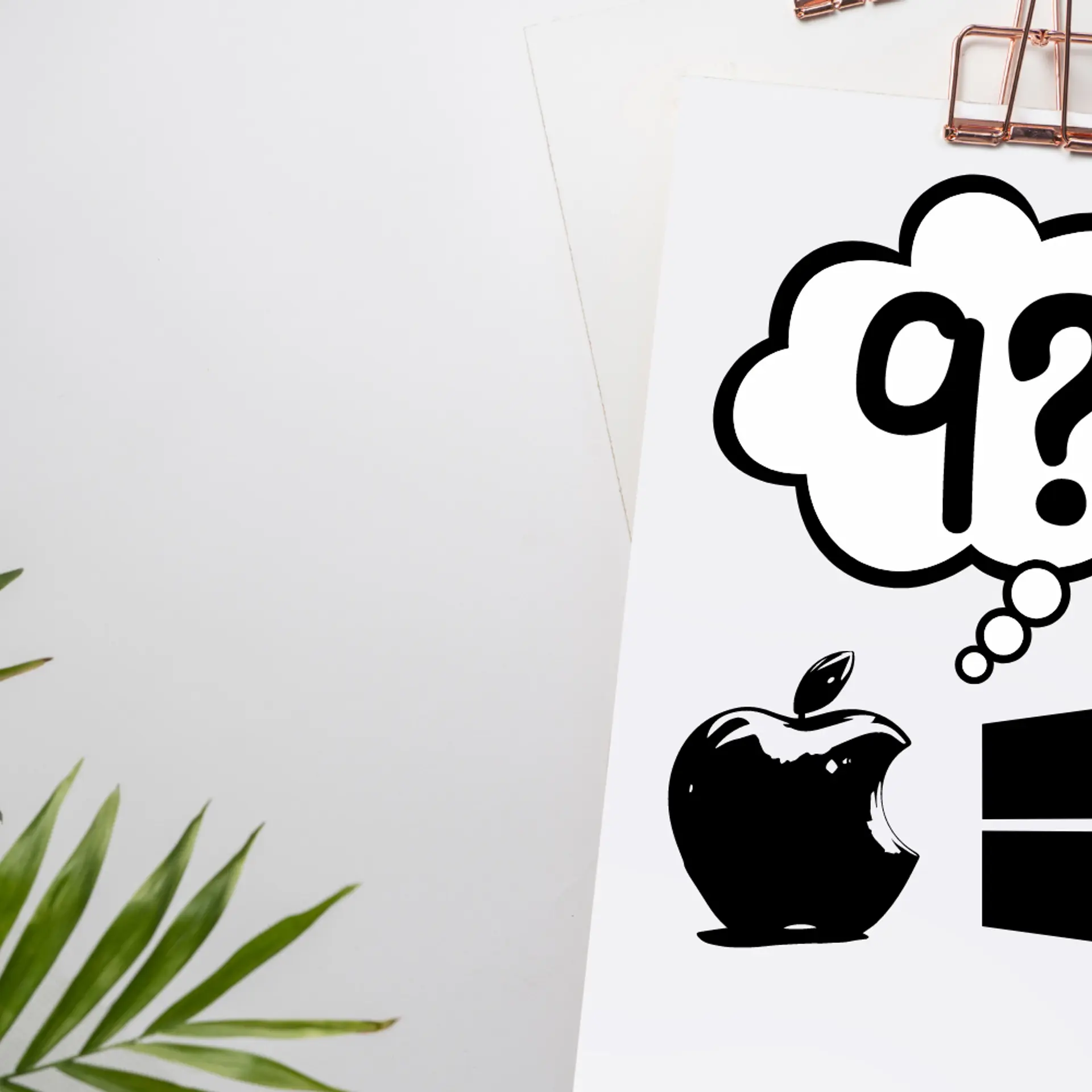The 4 Ps of marketing are outdated. So what’s the solution?
The four Ps of marketing, also known as the marketing mix, is an age old concept coined way back in the 1960s. For years now, this mantra has been at the core of most of the marketing strategies when formulating a go-to-market strategy. While it was a brilliant framework to incorporate different facets of a marketing strategy in the past, times have changed. The incessantly growing use of smartphones to converse with the customer (thanks to the growing smartphone penetration), the day-double-night-quadruple growth of e-commerce as a platform of retail and, of course, the explosion of social media as a marketing channel, have all made it abundantly clear that it’s about time we revisited one the core principles of marketing – The Four Ps.

Image : www.radiocampusangers.com
The theory
The four Ps, as we all know, are Product, Place, Price and Promotion. According to marketing guru Frank Kern, every marketing framework or principle or theory works towards one simple end goal – gaining competitive advantage. And this is exactly why the 4Ps need rethinking.
The anecdotes
While the product requires focus today, it is futile to emphasise on your R&D and product differentiation if the competition is using an entirely different mode to interact with the end customer. Consider promotions. Companies today use, or rather focus on, ‘out of the box’ marketing promotions to gain traction. Sometimes, they are not even directly associated with the product being sold. Take the Budweiser “Friends are Waiting” advertisement. The crux of the message is to drink in safe limits and never drink and drive. AB inBev, the beer manufacturing giant, in 2014 set a major target for itself – responsible drinking. By that, they clearly state their aim is to reduce beer consumption to safer levels and eliminate drink-and-drive. Now, a traditional marketer would say, “This is utter BS! How can you promote the reduction in use of your own product?” But there is a reason AB inBev controls more than 25 percent of the entire world’s beer market share.
“In an age where many businesses operate around always-on, high speed Internet access, "place" is irrelevant. When you can dip into almost the entirety of the world's knowledge from the phone in your pocket, you're always able to research, buy and advocate. It's not about Place any longer. Now, it's about Access. What can a brand give me at this precise moment that I want or need? That's the bar companies now have to clear, and it's not easy.” - Jay Baer, marketing consultant and author
From 4Ps to 4P1S1C – the marketing mix of today
Clearly, the traditional marketing mix is not comprehensive enough to deal with the dynamic business environment posed to a marketer today. While it may be suitable in certain scenarios, it might be ineffective in many others. So what is the tweak that marketers of today need to incorporate in their strategy? In short, what is the marketing mix of today? The most relevant answer to that today is the 4P1S1C model. This involves incorporating social media as more than just a channel to communicate and the community as a key driver for any sustainable marketing strategy.
Take Zara, for example, the fastest growing international brand catering to high-end fashion. Have you ever seen commercial advertisements of this band? That said, the brand believes that it doesn’t need extensive promotions for success. But you can still see about 10 million fans on Facebook page and 7 million views on their YouTube channel. How is that possible without any advertisement? Well, the crux of the matter is that Zara’s marketing team understands the changing ways of communication better than any other brand that is still hooked to traditional offline marketing gimmicks, such as outrageous campaigns and expensive collaborations, to mention a few. In a digitally empowered world, only the best offerings survive, but not necessarily with their exorbitant promotion campaigns. How costly it could be to upload a short film on YouTube or post a few catalogue pictures on social media accounts? After all, this era is all about making the most of the present resources.
In the digital age, consumers are increasingly aware, and addressing more than just a functional need is the key to establishing an everlasting brand recall. Don’t believe us? Go watch that Budweiser commercial today!







